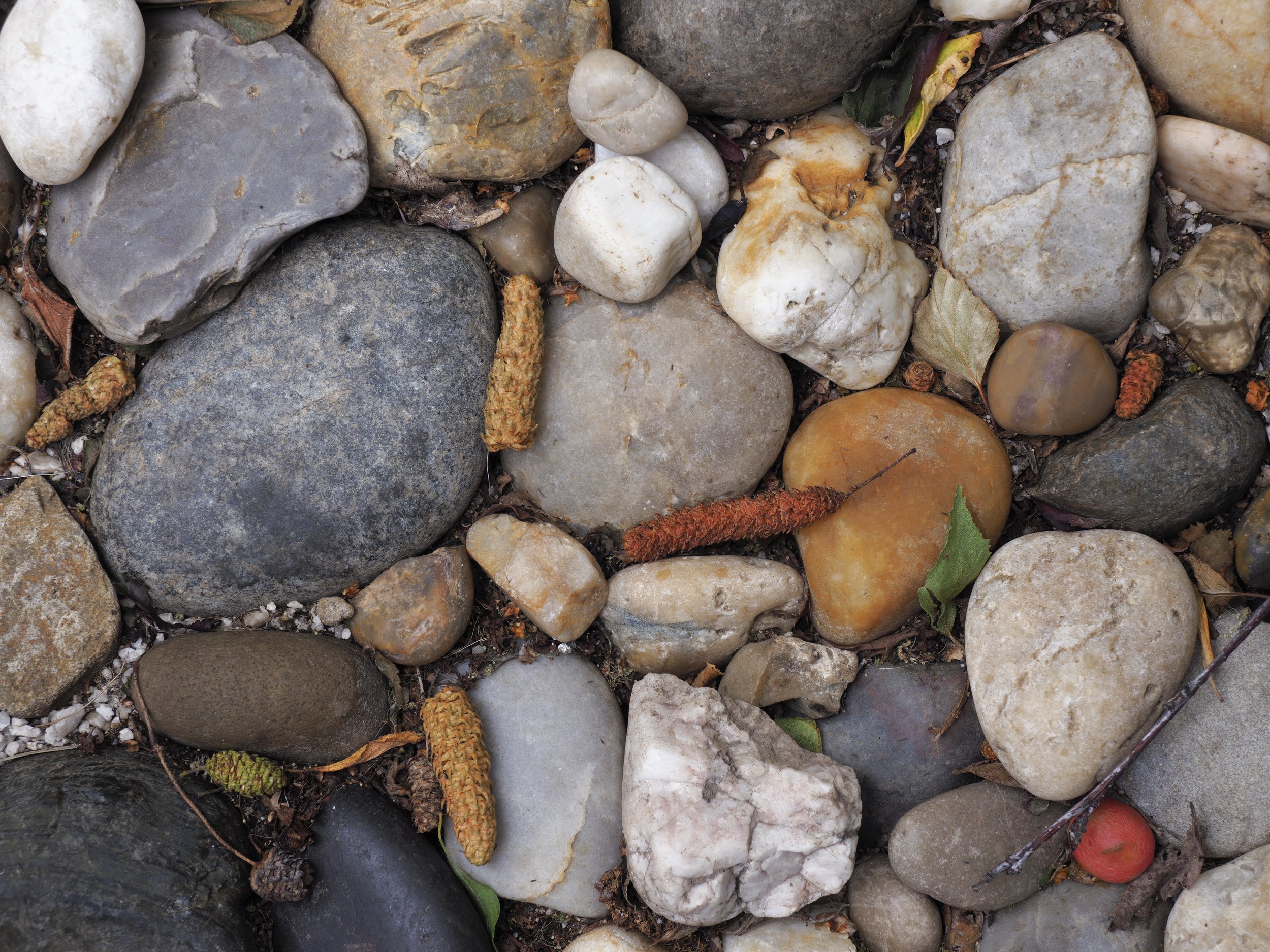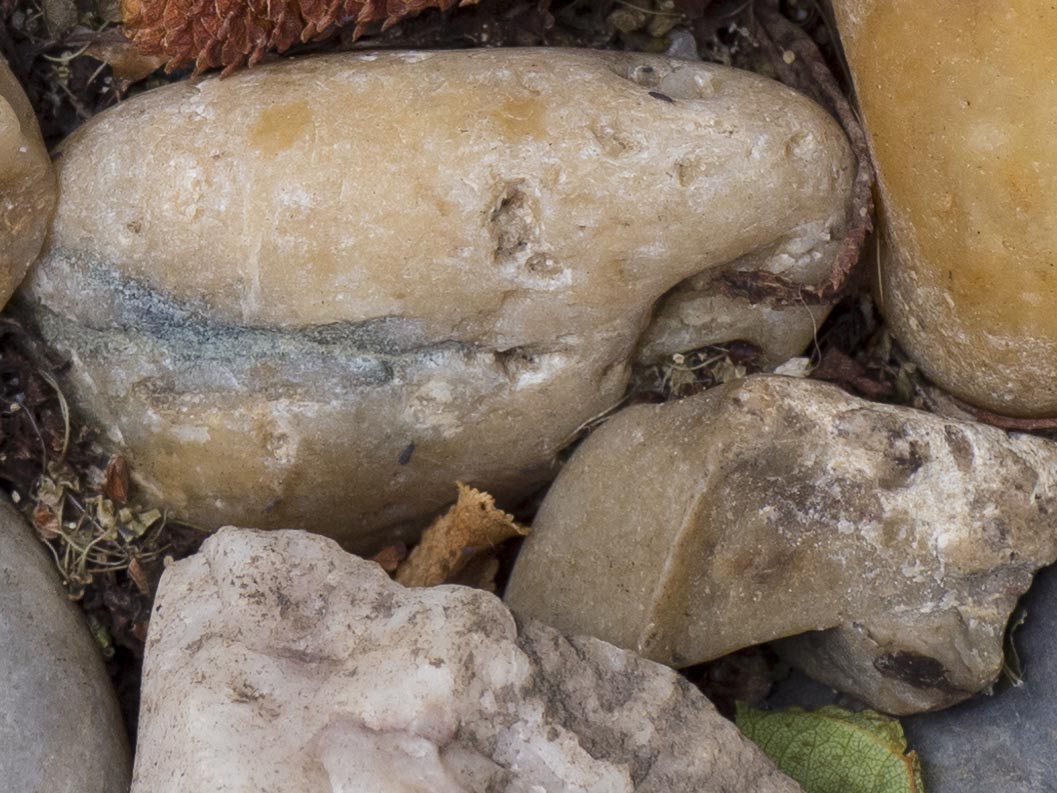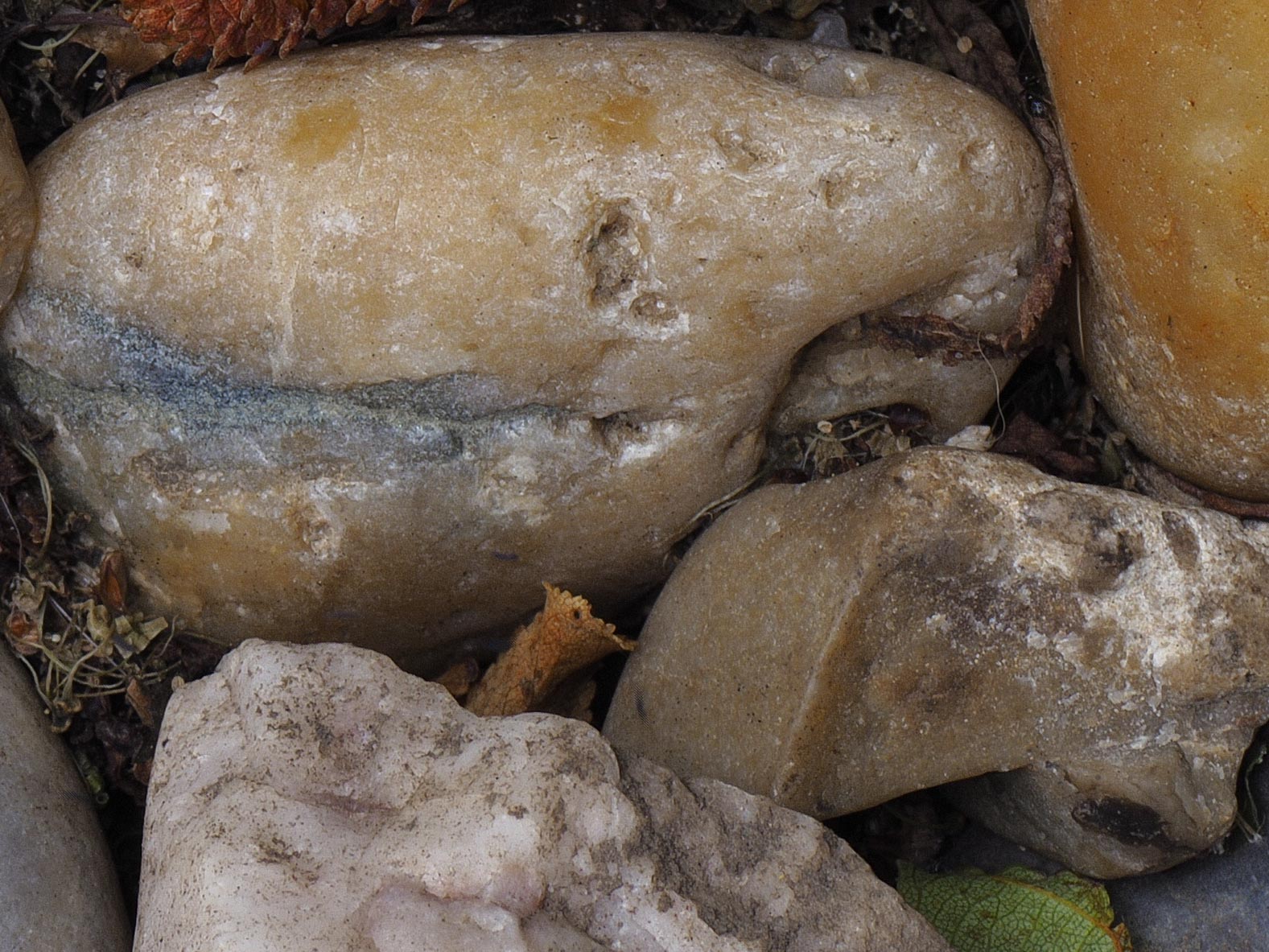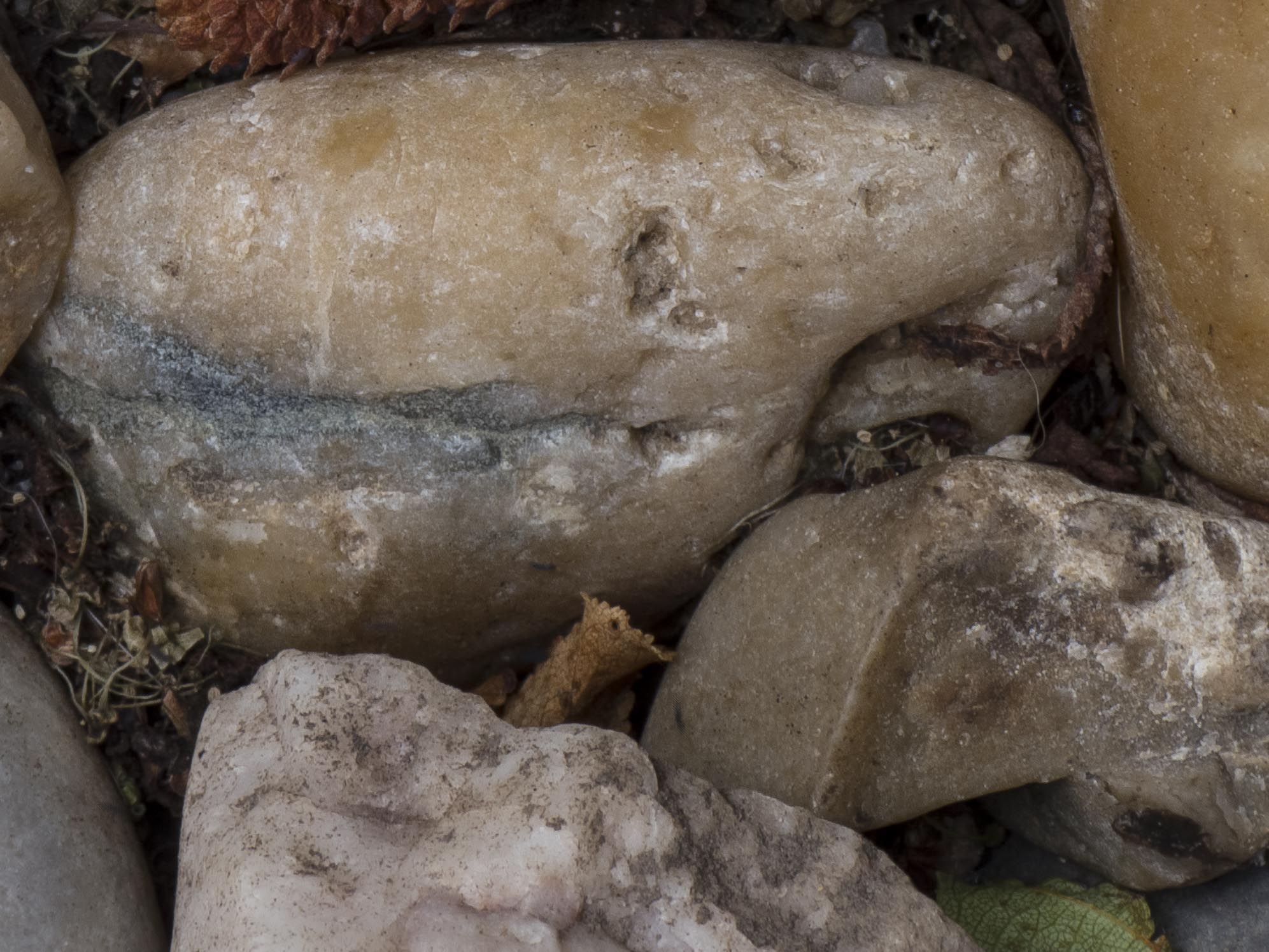Readers of this blog would be aware that i not only like to use Micro Four Thirds (M43) equipment, but that I also make high claims for the format, especially from the perspective of my (and I believe most peoples) realistic needs.
What about unrealistic or extreme needs?
One of the fields I intend to pursue in the new year is the fine art landscape and abstract field. This is one of those itches that I have never properly scratched and like a lot of itches, it refuses to go away. Living in the beautiful place I do, I often come across something that translates well to imaging and so the seed of “what if I actually tried a bit harder” is growing.
Stumbled over twice (once on a camping trip and the second time is post processing almost a year later). To put it into perspective, every ripple in the dunes is sharp and clear at 12x16” print size. The image came from a hand held file made with a budget tele zoom and with a 6 year old 16mp sensor (and it is a fairly aggressive crop).
This comes inevitably to technical considerations.
Fine art and Landscape photography both scream quality needs. Landscape imaging is one of the few styles of photography genuinely demanding of detail and consistency across the frame.
Fine art also says to me “big”.
Can my (puny) Olympus M43 cameras and lenses actually cope with this level of scrutiny?
Lets see.
Viewing distances and ideal resolution for fine art prints I am sure has a mathematical formula for acceptable quality. Without going to the trouble of finding, understanding and translating this on a purely technical level, I will posit my own quality minimum based on what my own eyes see.
The A3+ print is the limit my own printer can manage, but I may go up to an A2 (Canon Pro 1000) in the near future. So A2 or A3+ with a little wiggle room is the goal. A viewing distance of say, 3-6 feet at the closest (lets not worry about quality obsessed photographers who may “pixel peep” a paper image at a few inches), up to several meters on a more casual “print you pass hanging on the wall in a working space” dynamic. I am achieving this (A3+) already with EM5 16mp files (some cropped reasonably heavily) on a Pixma Pro 9000 mk11 printer. I actually think the printer, which prints very fine ink jet droplets cannot show all of the file quality.
I know that the gold standard in the past has been 6x7 film or bigger or in the more recent past a full frame 20mp camera did the job for years. Nobody complained about the base image quality from these camera’s at A3+ or bigger sizes. When using a 5D2 I was plagued with technical issues, such as mirror and shutter vibration, stability and sometimes lens calibration, but still managed to reach the minimum required quality most viewers appreciated. In the film era, I did not have the luxury of a 6x7 camera (645 was my mightiest tool), but even well handled 35mm, could stretch the printing limits available at the time.
How does M43 (the Pen F specifically) compare?
High ISO comparisons aside (not relevant for landscape work where time is a controlled element), I now have a smaller, silent and gently operating, calibration guaranteed, 20mp sensor without strong aliasing filters, and an edge to edge sharp all-in-one lens, so technically I have exceeded the 5D2 in realistic field applicable quality. As an option, when conditions are right, I can even match or exceed the pixel count of a 5Ds using the HiRes mode without moire and lens resolution issues.
As a time friendly process (usually anyway), issues of dynamic range, perfect exposure, focussing accuracy and framing constraints are effectively irrelevant.




The set above is a 20mp Raw, 50mp jpeg and 80mp RAW. Not practical for moving subjects, it is as useable in the field as a full frame camera working with smaller apertures for deeper depth of field at a low ISO. The last file is still 4-5mp.
As for film comparisons, Ctein, a noted colour fine art photographer and printer is on record as saying the older 16mp EM5 mk1 sensor is equivalent to a Pentax 67 negative. He used both for long enough to know and regularly prints big (A2+). I guess this puts an improved 20mp sensor in the middle ground between medium and large format.
M43 sensors were the first and only major format sensors made to purpose in the digital world. One of the reasons Olympus and Panasonic chose it was lens design. The smaller and slightly squarer sensor allows the designer to make not only smaller lenses, but consistently better ones or even near perfect ones with little design compromise. Ask a full frame lens designer how hard it is to cover the big, rectangular sensor and they will tell you a long and frustrating story of many lens model re-thinks, each better than the last, but none without flaws as an ever higher bar is raised.
In the M43 world, some really good glass came out from the get-go and the offering has continued to surprise. My ideal is a good quality super zoom allowing for perfect framing without constantly avoiding don’t go areas. The 12-100 is that lens for me, no other super zoom would cut it.
Of course the proof will be in the pudding, so time to cook.
